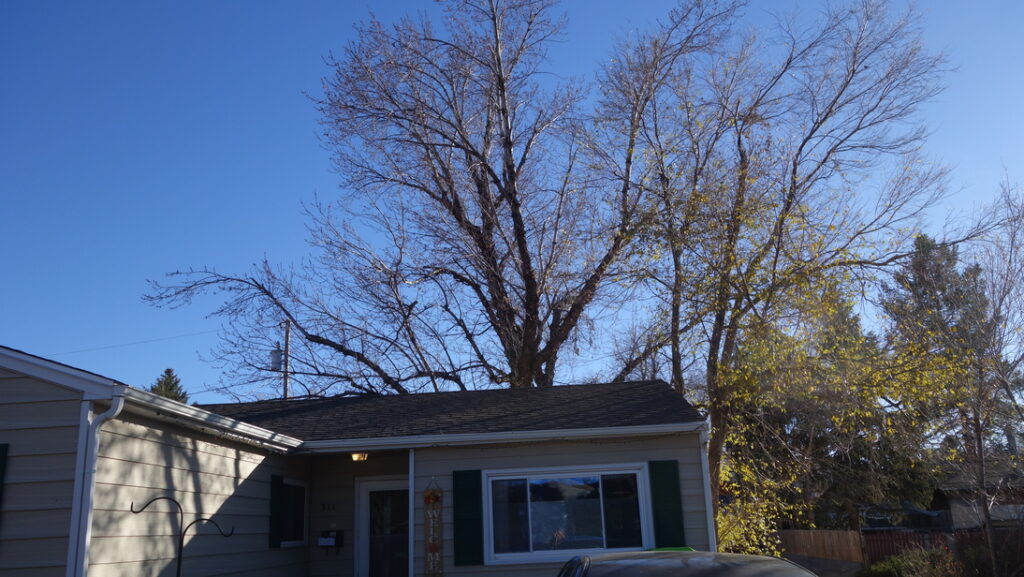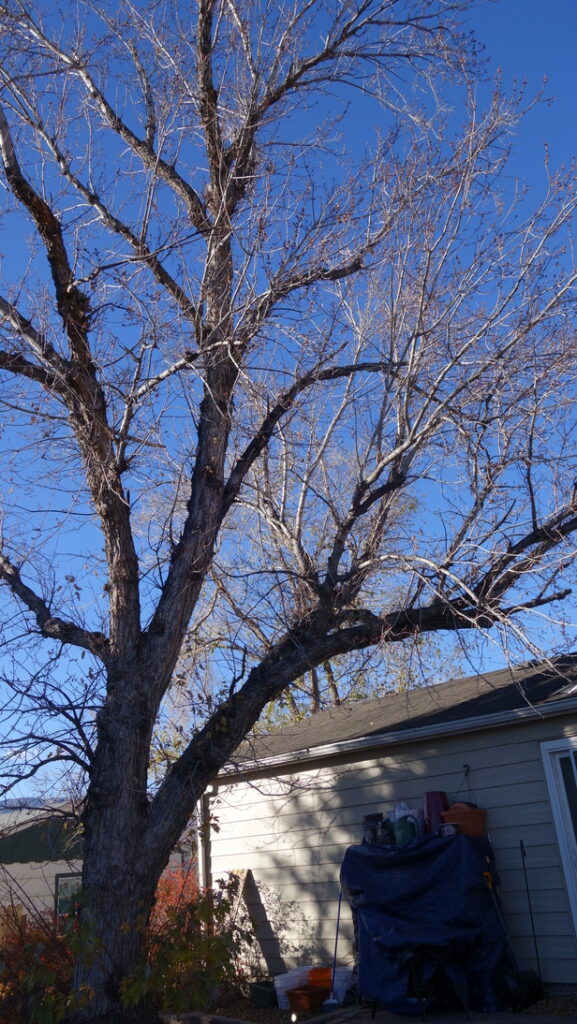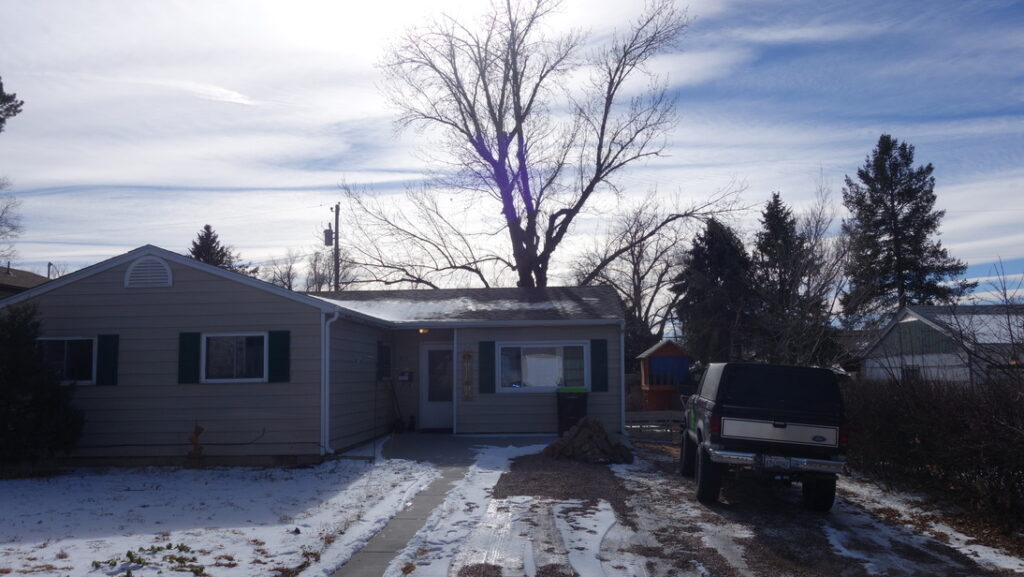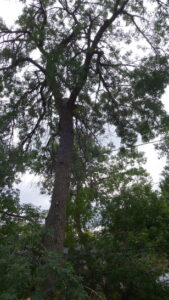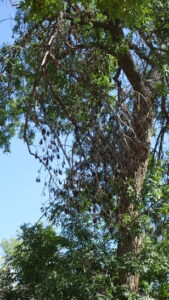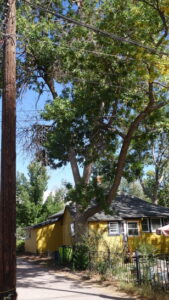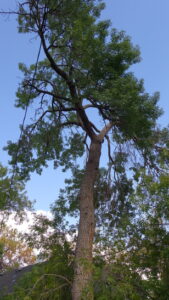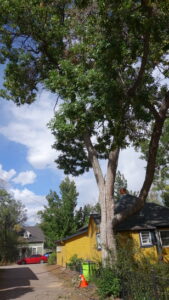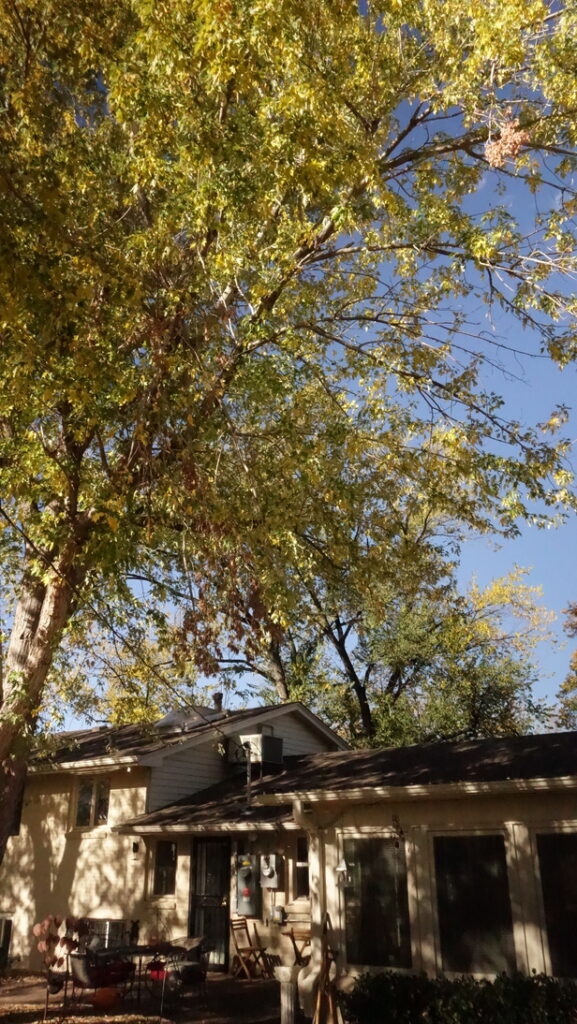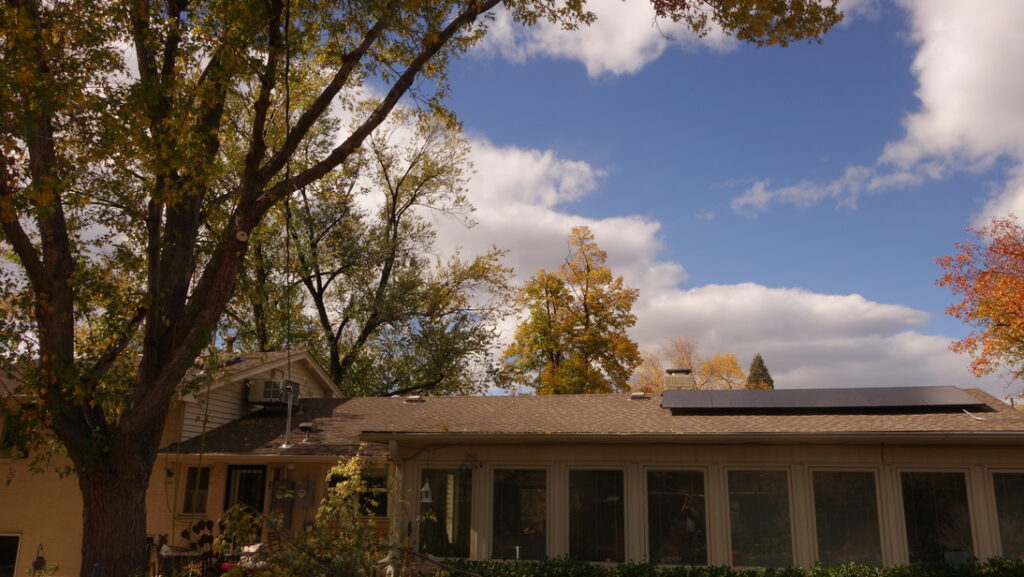When I tell people I climb trees for a living they sometimes ask, “What do you do during the winter?” I can’t tell whether they think I don’t want to work in the cold, or whether they think one shouldn’t prune trees during the winter. Neither is true.
(Well, maybe the first has some truth when the wind is blowing and I have to climb. That does get cold.)
But, in fact, late winter is the best time to prune most deciduous trees. While deciduous trees can be pruned at any time without being endangered, there are real benefits to pruning during late winter. They be may categorized as follows: (1) For the Trees, (2) For Safety, and (3) For the Birds.
For the Trees
- Late Winter pruning enhances the tree’s ability to seal off and heal its own wounds.
- Late Winter pruning, that is a little before the buds open, maximizes growth.
- Whenever you are pruning trees you are also moving brush around. That means you might be moving bark beetles too, which can infect and spread disease to other trees. This problem is greatly reduced during winter, when most beetles are dormant. This is especially important for our ubiquitous Siberian and American elm trees. Elm trees should be pruned in winter if possible.
For Safety
- Snow loading is a major cause of breakage in hardwood trees. Heavy snowfalls are heavier than they look, and can easily break a branch that overhangs a home, driveway, or walkway. If you have a lot of dead branches or branches with weak connections, it’s a good idea to get them taken care of before a big winter storm comes.
For the Birds
- Winter pruning is less disruptive to the habitats of migratory birds. While we always try to avoid destroying bird nests, any work in or around a bird’s home tree is disruptive to the bird’s breeding cycle. But a winter nest is an empty nest. It has served its purpose; migratory birds don’t return to a nest they’ve left to fly south. They won’t be upset to find it gone.
So, there you have it, folks. As cold as it gets up there in the canopy, winter is the best time to prune. If I’ve convinced you of this I’ll be happy to get your calls, but I might occasionally regret it when the wind starts blowing.

